Mt Bruce, It’s for the Birds
New Zealand offers a wide range of activities and sightseeing for tourists. In the land where bungy jumping off tall bridges and jet boating up shallow rivers at insane speeds was born, most tourists will find something to write home about. In my eight trips to Kiwiland I’ve encountered most of the fun and unusual activities on offer. On my latest trip I found something new and a lot of fun. Mt Bruce Wildlife Centre, New Zealand is approximately thirty kilometers north of Masterton on highway 2. They feature several types of native birds, and even the ancient Tuatara, a native lizard that can grow to over two feet in length.
Upon arrival, start out at the visitor center to get your bearings. After grabbing a map take a nice walk in the forest on part or all of their five kilometers of trails open to the public. Be sure and have your camera ready in case one of the rare birds they have reared and released comes into view on the trail. If you are lucky you might see the Piwakawaka- Fantail putting on a show and flashing it tail feathers. They are originally from Australia but have fit in well. They sometimes follow humans walking the trail hoping to get insects stirred up by walking humans. Kaka and Kokako can be seen, or heard on the trail also. At 1:30 be sure and watch the eels getting their afternoon snack fed to them by tourist volunteers on long handled spoons. These eels have significant teeth and short handled spoons just wouldn’t do, or the feeders might be missing a finger tip!
One of the highlights of Mt Bruce is to see Manukura- the little white Kiwi. She was born on May 1, 2011 surprising the rangers by being the first white Kiwi hatched in captivity. Since the Kiwi is nocturnal they are hard to see in their typical brown color pattern in dark enclosures, but little Manukura sticks out like a blimp over a football stadium. It’s fun to watch her pecking about trying to find insects just below the ground in her enclosure. I’ve seen kiwi birds on display in Rotorua and other parts of New Zealand and can tell you they are hard to see in the dimly lighted enclosures, if you see them at all.
A walk to the aviaries will delight visitors with views of Kokako, Kaka, Takahe, Hihi, and Kakariki- the yellow and Red Crowned Parakeets. I found the Kakariki to be the prettiest of the aviary birds, and easiest to see. The little Hihi, aka- the stitchbird flew about its aviary making its namesake call-stitch, stitch, stitch. This cute little bird was almost wiped out by 1885 but a sustaining few occupied Little Barrier Island making it possible to breed and re-introduce them to Kapiti and Tirtiri Matangi Islands, and into the Karori Wildlife sanctuary in Wellington. Then there is the Kaka aviary. This is the most entertaining of the native birds in my book.
At three o’clock be sure you are at the Kaka circus area to see them fly, squawk, feed, and generally cavort about, without manners, for their food. The Kaka is a native parrot and a real attention getter. Sometimes they will be seen begging at the visitor center café. When three o’clock comes around every Kaka in-the-know comes to the circus area to strut their stuff, and get fed. You will see them land in the feed bucket to steal a treat before the staff member even starts dishing out their food. Kakas sometimes land on people’s heads and shoulders in their excitement at the circus, all while cameras are clicking away, video churning and visitors smiling and cracking up over their antics. The whole show only lasts about five to eight minutes but is worth the price of admission to see up to thirty or more of these clowns.
Mt Bruce is a little out of the way for the average traveler, but you aren’t average. The Wairarapa holds many attractions worth seeing, and I rate this one of the best. While it is possible to get close to here by train from Wellington, it requires getting off in Masterton and securing a rental car or taxi for the ride north to Mt Bruce. Consider packing a picnic as they have a nice picnic area. It would be a good idea to have some newspaper to lay on top of the picnic tables. With all this bird life around there are a few dive bombers that have hit the tables with various bird poo. To get the most out of your visit hire one of the guides to show you around for an hour. If you schedule the guide for 2:00 you might even get to pickup the Kaka food for the walk to the circus. It is a walk you won’t soon forget.
 Copyright secured by Digiprove © 2018 Kurt Jacobson
Copyright secured by Digiprove © 2018 Kurt Jacobson
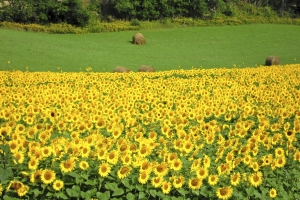
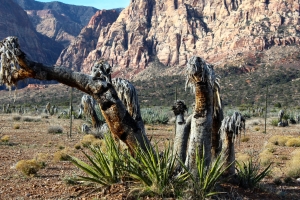
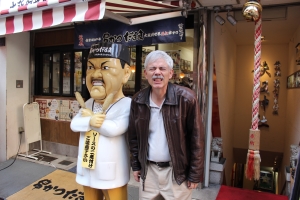
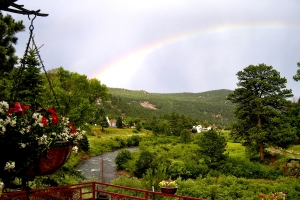
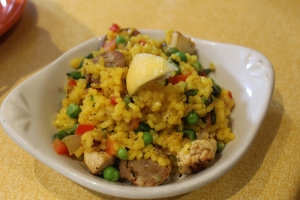
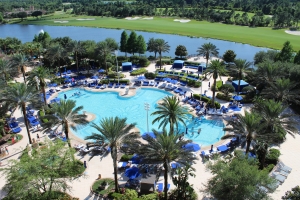
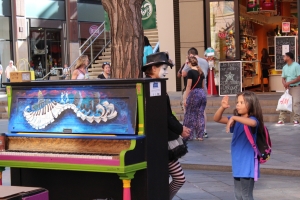
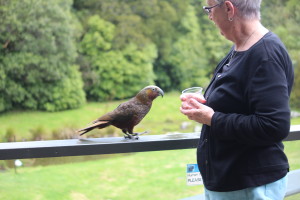
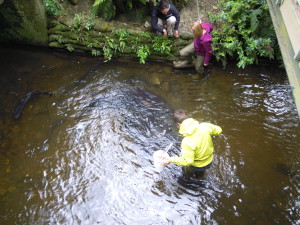
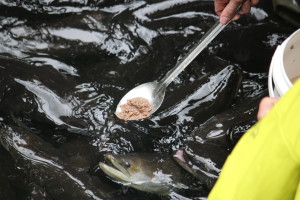
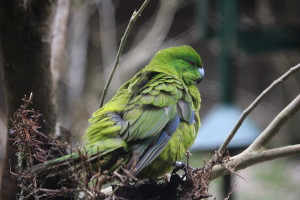
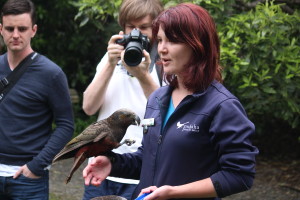

Leave a Reply